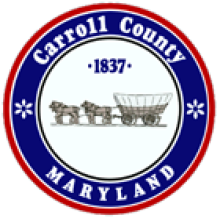In Colorado, City of Durango Does Dark Fiber
This southwest Colorado community of about 17,000 contends with state barriers, but still makes the most of its fiber assets. We contacted Eric Pierson, Information Services Manager for the City of Durango, and Julie Brown, the City Finance Manager. The two shared some information on Durango's fiber network.
Currently, fifteen miles of City owned fiber run through town, providing connectivity for municipal and La Plata County facilities. Installation began in 1994 and the build-out continues. A combination of City capital improvement funds, grants from the State of Colorado Department of Local Affairs (DoLA), and funds from the Joint City/County Sales Tax fund have contributed to the $1.7 million network over the past twenty-one years.
Durango leases dark fiber to businesses and nonprofits to boost economic development and fund maintenance for the network. While dark fiber leasing could be far more lucrative, Durango's goal is to break even each year. According to Brown and Pierson, 2013 will yield about $10,000 to be shared with La Plata County and the Southwest Colorado Council of Governments.
Mercy Regional Medical Center partnered with Durango to install fiber as its primary bandwidth connection. Mercy is now an important anchor institution for a large medical office complex in what used to be an undeveloped area. In addition to the clinic, new businesses and residents continue to expand in the area.
According to Brown and Pierson, local ISPs that lease the fiber to serve residents and businesses have increased bandwidth for customers. A significant number of professionals that live in Durango work from home.
Even though Durango is not able to freely expand the network due to state restrictions that limit how it can use the fiber absent a costly referendum, community leaders found a way to optimize their network for residents and businesses. And should the state be wise enough to repeal this anti-competitive barrier, Durango will be well positioned to benefit local businesses.


